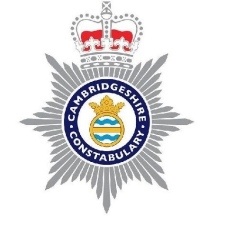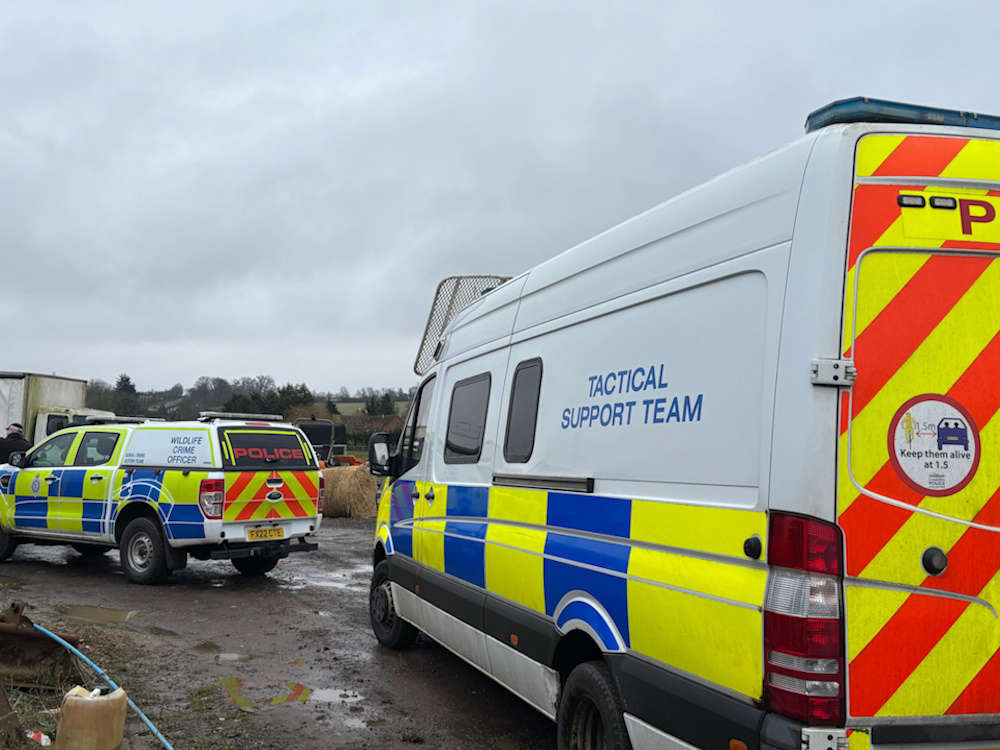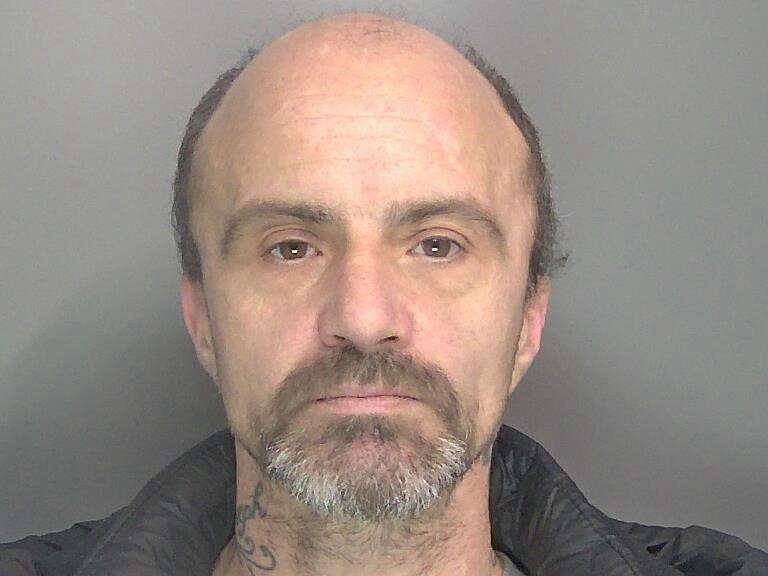
A host of celebrities have joined a national campaign educating young people how to stay safe in a terrorist attack.
TV star Bear Grylls and England footballer Jamie Vardy are among the stars supporting the first phase of an initiative designed to teach 11 to 16 year olds how to react in the unlikely event they are caught in a gun or knife terror attack – including advice not to wait around taking pictures on their phones.
With the UK terror threat level at SEVERE, children will be taught to RUN if they are able to, HIDE if they are not, and TELL police of the threat only when it is safe to do so. They will also be advised to warn others about an on-going threat, and crucially told NOT to stop and use their phones until they are safely away from danger.
Previous messaging – which has formed part of the wider Action Counters Terrorism campaign - has been aimed at adults, but following extensive research with children and young people, security experts from the National Counter Terrorism Security Office (NaCTSO) have created age-appropriate safety advice to engage and empower a younger audience.
NaCTSO have also teamed up with key partners such as the NSPCC, Childline, The Sun and Educate Against Hate, to help and support parents who are understandably anxious about discussing such a topic with their children.
The campaign is being supported by the Eastern Region Special Operations Unit (ERSOU) counter terrorism policing.
Detective Chief Inspector Paul Howell, head of Protect and Prepare for ERSOU, said: “This is a hugely important campaign as it shows that it's not weak to run away from danger to keep yourself safe.
“Having such well-respected stars who are known for their ‘toughness’ in their sport or career endorsing that message will hopefully have a big impact on young people.
“It is also crucial when we live in a culture of filming everything on mobile phones, that people should realise the danger that standing and filming an unfolding attack would put them in.”
National Lead for Protective Security, Deputy Assistant Commissioner Lucy D’Orsi said: “We appreciate that talking to young people about terrorism can be scary, for parents and children alike.
“But the atrocities in London and Manchester have sadly resulted in some of the youngest victims of terror this country has ever seen, and if we are able to teach children to act in a way which could potentially save their lives then it is our responsibility to do so.
“We are particularly concerned when we see people – young and old – using their mobiles to film scenes when they should be moving away from the danger. The recent incident in Parsons Green is a good example of this.
“Our research showed that many young people think filming would be a good thing to provide evidence for police. We must get them to understand that the priority must be their safety.”
Head of NSPCC Helplines, John Cameron added: "Adults can help a child by listening to their worries, reassuring them these events are rare, and teaching them to Run, Hide, and Tell.
"Although these conversations might be difficult, the spate of devastating events means that they cannot be brushed under the carpet and we all have a duty to help every child stay safe."
The partnership with The Sun has also seen the creation of a ‘Run, Hide, Tell emoji’ for the first phase of the campaign.
The first of two new Run, Hide, Tell videos features TV personalities Bear Grylls and Ant Middleton, Leicester City footballer Jamie Vardy, England rugby star James Haskell and double Olympic gold medalist Jade Jones, who will tell young people that when caught up in a terror attack: “Real champions run.”
Mr Grylls said: "I've tackled some of the most dangerous environments on earth, but in the event of a terrorist attack there is only one thing I would advise: Run, Hide, Tell.”
The campaign launch will be followed in October by a second, longer, video, designed to explain the ‘Run, Hide, Tell’ messaging, and also teach children how to spot and report suspicious behaviour or suspicious items.
Later phases of the campaign will then launch this messaging across youth groups such as the Scouts, Guides and Cadets, before finally being made part of the citizenship curriculum of formal education at schools and colleges.


 Coldham wind turbine catches fire
Coldham wind turbine catches fire
 Arrests made after hare coursing in Cambridgeshire
Arrests made after hare coursing in Cambridgeshire
 Boxing Day brute from Hemingford Grey jailed
Boxing Day brute from Hemingford Grey jailed
 Ben Stevenson signs for Cambridge United
Ben Stevenson signs for Cambridge United


